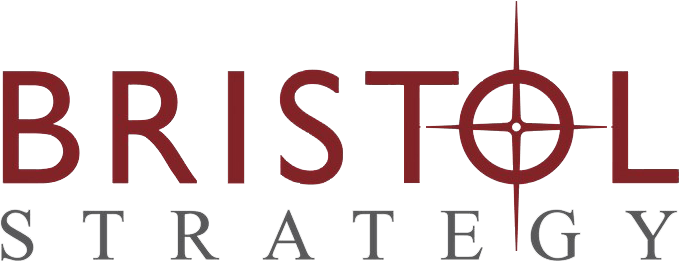When is the best time to assess your fundraising productivity? Best answer: frequently.
If you’re not assessing fundraising productivity, maybe it’s because you don’t know how to measure it. So this blog is all about how and what to measure and report. Because metrics are just a bunch of numbers floating around if you don’t, or can’t, organize them into meaningful reports.
Unfortunately, the people who would benefit the most from these reports don’t always get them. You, the fundraising professional, need to know and it’s easy for you to see what’s happening. But members of the governing board and senior leadership are often stuck with financial reports, which typically show the past: money in (raised) and money out (spent). Regrettably, without reports on productivity you might see leaders and board members who are grouchy and don’t think you’re doing a very good job.
The data describing fundraising productivity is about the future. Conventional financial reports simply don’t include data about the future.
Fundraising is a process, not a “thing.”
In organizational terms, a process is a continuous method whereby “input” (in our case prospective investors) is converted to “output” (in our case, happy. engaged donors), by methods that add value.
If we were manufacturing cookies, the “methods that add value” include the right ingredients, recipes, spoons and bowls, ovens, and knowledge of baking. That’s the process. The “thing” at the end of the process is a box of cookies.
In fundraising the “methods” include a set of steps starting with the right ingredients (qualified donors), and the steps of cultivation and solicitation. The “thing” at the end of the fundraising process is a donation.
The amount of money in your bank is also a “thing.” “Things” that show up at the end of a process are trailing indicators. These are super important, but you can only measure them (how much, how many) after the process is complete. At that point, it’s too late to change the process up at the beginning end, when change is easier and less costly.
When you measure stuff at the beginning or in the middle of the process, we call those leading indicators. And they are really, truly important.
“Moves Management” is a process, and measuring each move with intention is critical.
Every process can be measured by establishing a reasonably predictable set of steps, i.e. a process. Fundraising is no different. It starts by identifying donors and other funders most likely to give (the “ingredients”), and then walks them through steps that cultivate and finally solicit them.
Voila! If you’ve chosen the right funders, and followed the right process steps, the likelihood of successful solicitation goes up, and the work associated with the solicitation goes down.
Every version of Moves Management can be turned into a process as follows:

- Each Move is now a Key Performance Indicator.
- Assign a Success Target for each Move, showing the number of times you want your prospects/donors to achieve the Move.
- Establish Success Targets by month and by year.
Why bother with all of this process?
Highly process-driven fundraising teams are productive fundraising teams. Those types of teams consistently raise more money with less effort. And because they understand what they’re supposed to do at every step of the way, they tend to stick around longer. Wouldn’t it be great if you didn’t have to replace your gift officers every 16 months?
To improve your fundraising team’s productivity, collect quantifiable data. Track performance of your KPI’s and their Success Targets, comparing actual performance to planned. You are now measuring the same things the same way every time. No more reporting by anecdote.
You can now create clear, simple reports for senior leadership and the board that describe the future. Here are a few examples of reports your board should be happy to see:
- Forecasts. If you can show what’s in your opportunity pipeline, with some reasonable estimate of which gifts or grants will close and when, the board will love it.
- Acquisition, retention, and upgrading. If you can show how many donors (etc.) you have acquired, retained, and upgraded, AND included the amount of income from each segment, you prove your worth. Repeatedly.
- Percentage of major funders matching the Ideal Donor/Funder Profile. Ditto.
Putting it into process for your organization: Metrics for tracking fundraising progress.
Here are the five steps we like to track, when measuring the progress of the major gift team:

- Does the prospect match your ideal funder profile?
- Does the prospect want to validate what you’re saying (for example, asking for references, etc.)?
- Is the prospect willing to consider investing?
- Did the prospect agree to negotiate the terms and scope of your proposal?
- Did the prospect make the gift?
Because these are yes/no questions, it is simple to count up how often your gift officers achieve them. Therefore, you can estimate the number of times your team must achieve each stage. Keep track of the number of times the stages have actually been achieved, comparing them to success targets.
That’s the way to measure a process.
Over time, by reviewing and analyzing progress versus plan, you can figure out how to improve things, without throwing a bunch of tactics against the wall to see what sticks.

